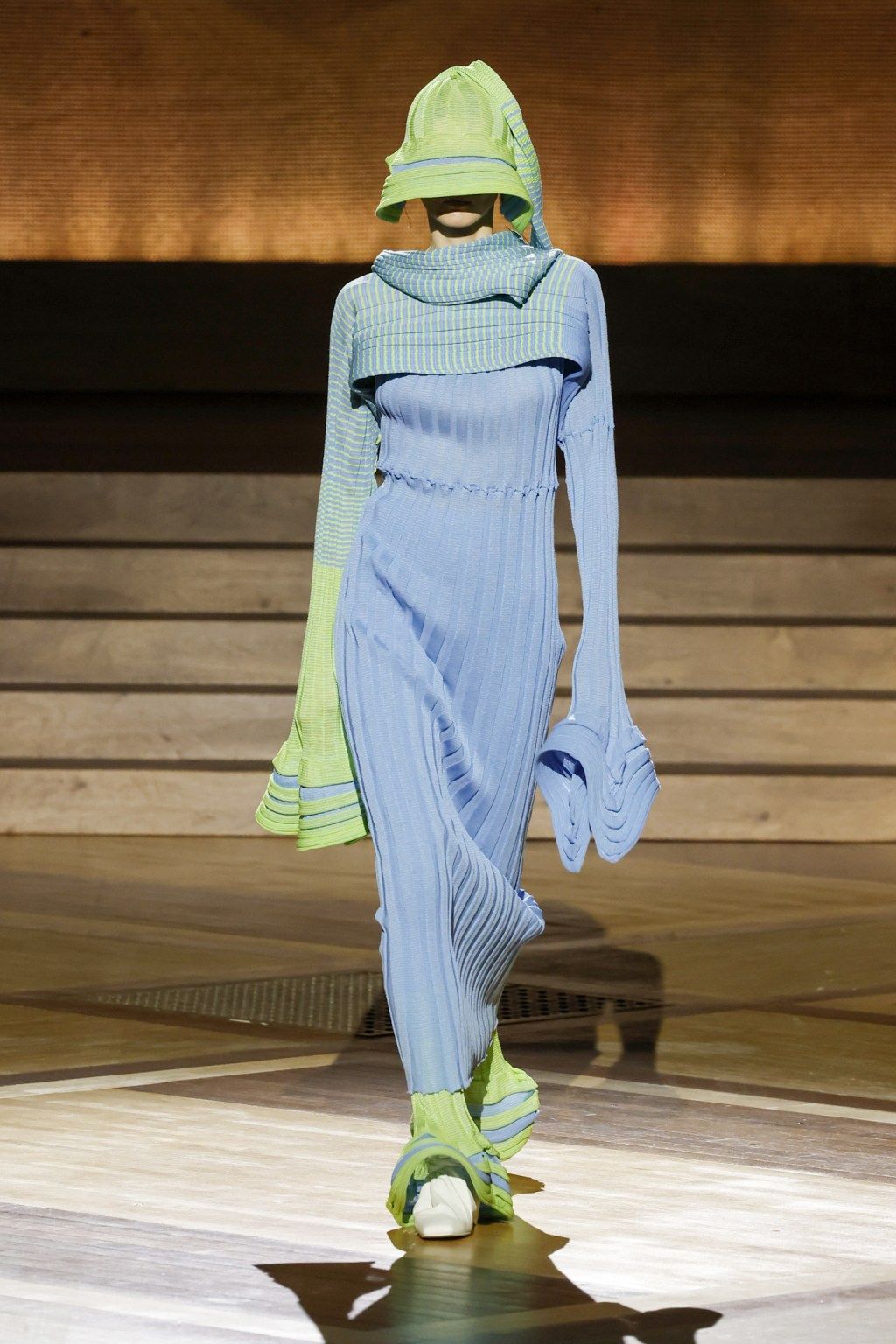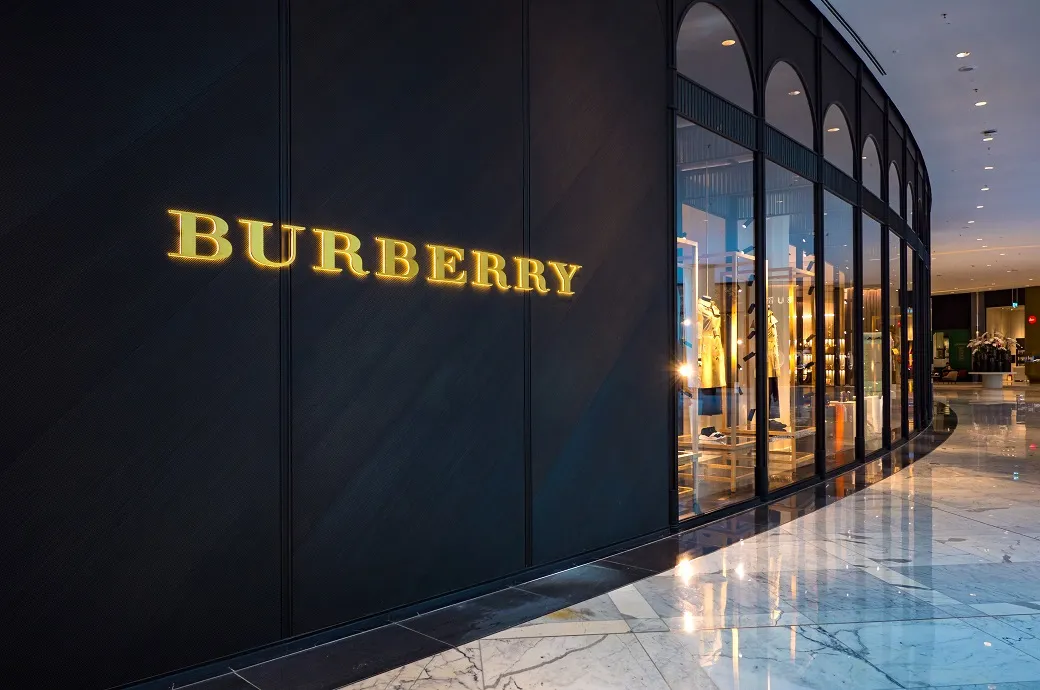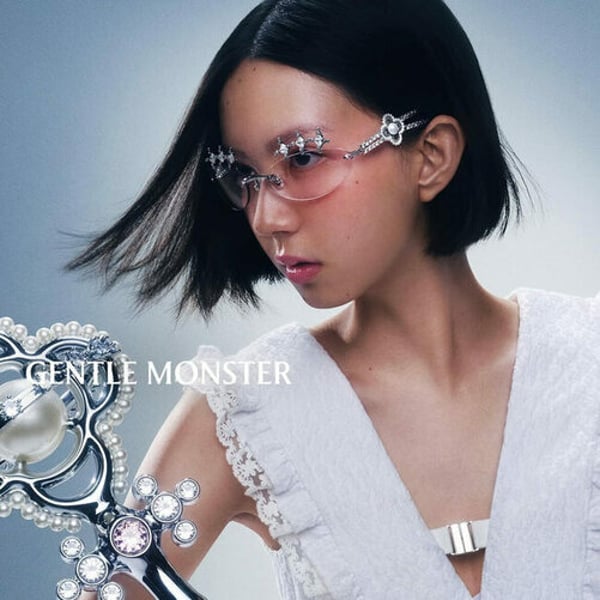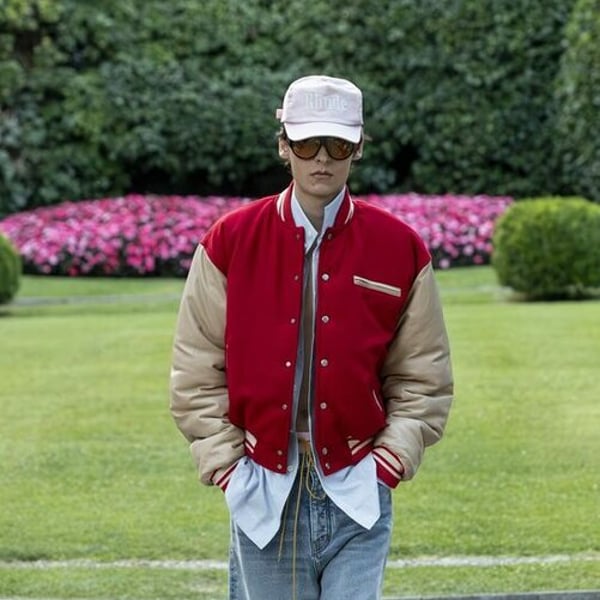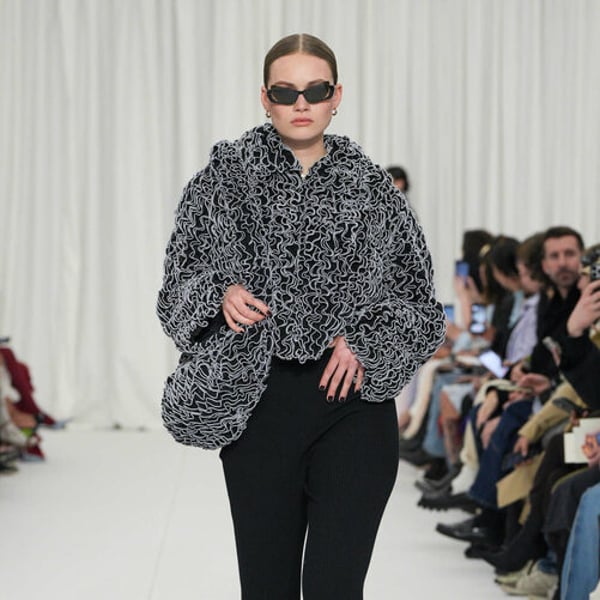Satoshi Kondo's fall collection, richly textured with layering and draping, returned to the fundamentals of clothing: a piece of fabric.
But the collection's starting point was a little further away: the art of Wolfgang Laib, who creates installations by sifting hazelnut and dandelion pollen that he collects by hand.
Kondo found Laib's work five years ago in a museum. The sheer beauty of the color of the pollen on the ground created one of the most memorable displays he had ever seen, according to the designer. “There's a power or energy or force that's found in nature or something that's really essential,” Kondo said.
Their goal was to channel that sense of pure joy, inspiration, vivacity and aspiration from Laib's art into fall fashion. “We should keep things simple, like this artist,” Kondo said, explaining that this way the clothes become timeless and universal. He called this program “What It Has Always Been.”
It was a very refined collection of garments often derived from a piece of fabric that was rolled onto various garment shapes. They were often imbued with a vivid color palette (think fuchsia, pollen yellow, royal blue, and mint green).
It was an exercise in style also using folded and twisted materials, as well as asymmetrical shapes.
The body-conscious silhouettes included seamless knits shaped like tubular flowers using various knitting techniques. Lightweight washi fabrics and stretch fibers were rolled to naturally cover the models' bodies.
More voluminous was the washi and wool series with abundant drapes. A long coat and felt poncho with wildflower prints featured shoulders made from a single piece of folded material.
The effect was both whimsical and understated, until the final looks, where the models were subsumed by layers of billowing, pleated fabric.
For more Paris Fashion Week reviews, click here.

